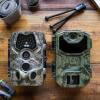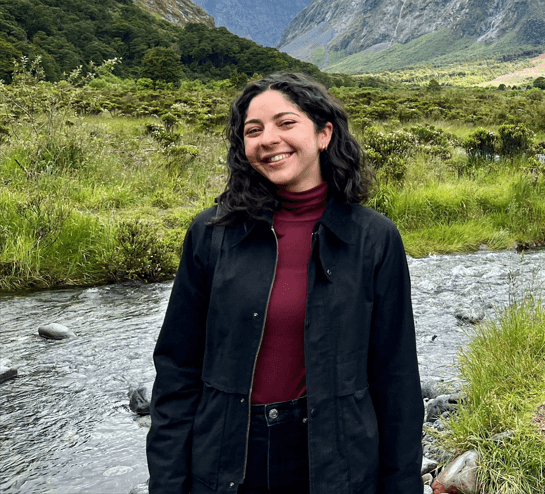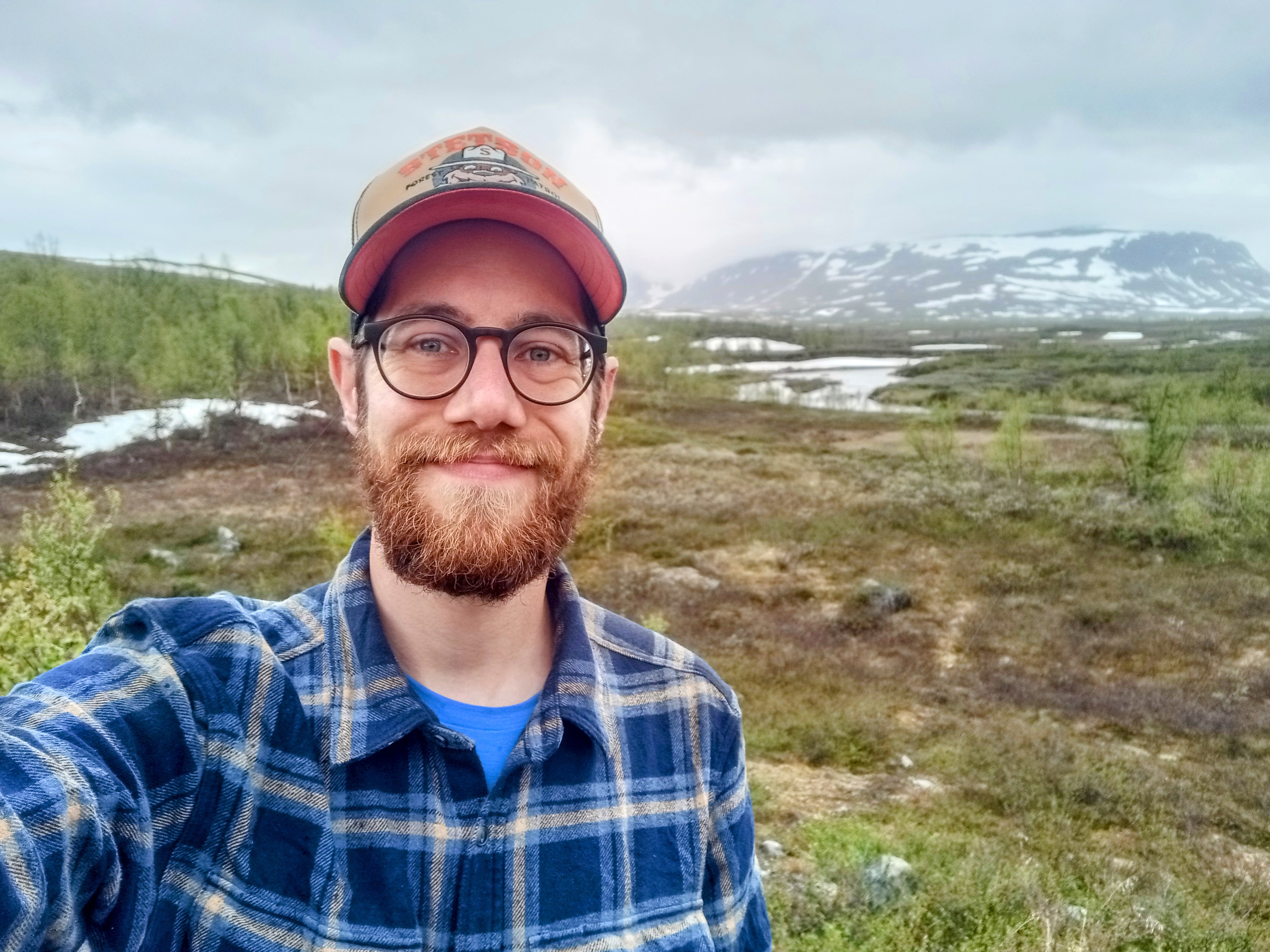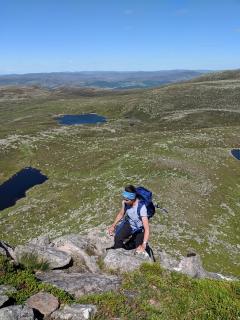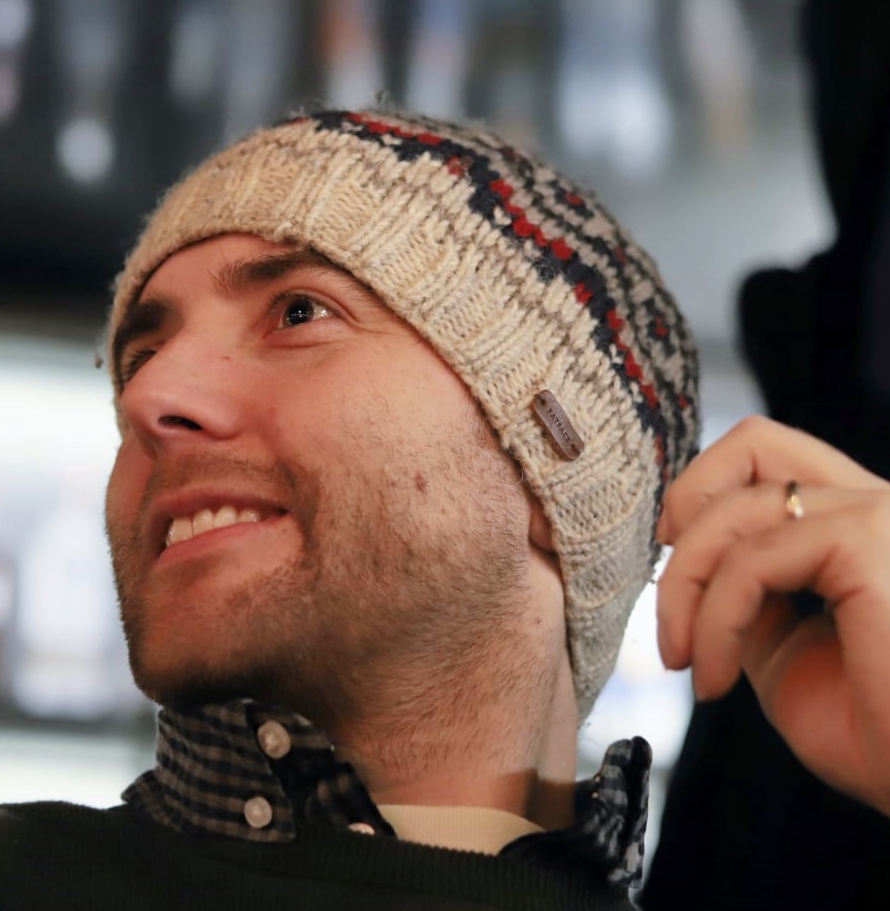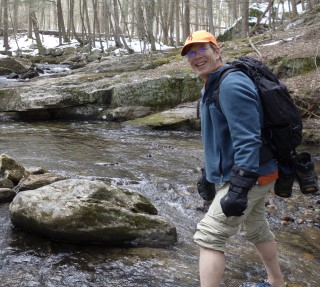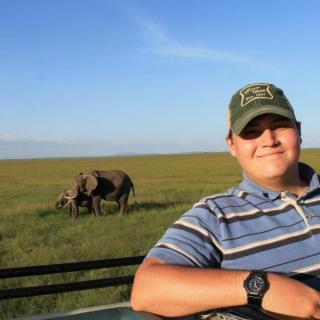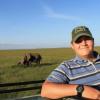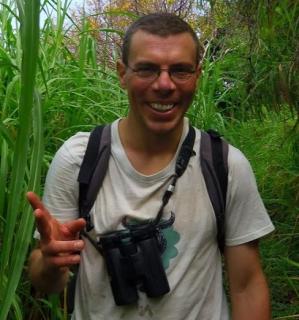Camera traps have been a key part of the conservation toolkit for decades. Remotely triggered video or still cameras allow researchers and managers to monitor cryptic species, survey populations, and support enforcement responses by documenting illegal activities. Increasingly, machine learning is being implemented to automate the processing of data generated by camera traps.
A recent study published showed that, despite being well-established and widely used tools in conservation, progress in the development of camera traps has plateaued since the emergence of the modern model in the mid-2000s, leaving users struggling with many of the same issues they faced a decade ago. That manufacturer ratings have not improved over time, despite technological advancements, demonstrates the need for a new generation of innovative conservation camera traps. Join this group and explore existing efforts, established needs, and what next-generation camera traps might look like - including the integration of AI for data processing through initiatives like Wildlife Insights and Wild Me.
Group Highlights:
Our past Tech Tutors seasons featured multiple episodes for experienced and new camera trappers. How Do I Repair My Camera Traps? featured WILDLABS members Laure Joanny, Alistair Stewart, and Rob Appleby and featured many troubleshooting and DIY resources for common issues.
For camera trap users looking to incorporate machine learning into the data analysis process, Sara Beery's How do I get started using machine learning for my camera traps? is an incredible resource discussing the user-friendly tool MegaDetector.
And for those who are new to camera trapping, Marcella Kelly's How do I choose the right camera trap(s) based on interests, goals, and species? will help you make important decisions based on factors like species, environment, power, durability, and more.
Finally, for an in-depth conversation on camera trap hardware and software, check out the Camera Traps Virtual Meetup featuring Sara Beery, Roland Kays, and Sam Seccombe.
And while you're here, be sure to stop by the camera trap community's collaborative troubleshooting data bank, where we're compiling common problems with the goal of creating a consistent place to exchange tips and tricks!
Header photo: Stephanie O'Donnell



- 1 Resources
- 29 Discussions
- 18 Groups
- @tsmstrat
- | she/her
- 1 Resources
- 2 Discussions
- 4 Groups
- 0 Resources
- 0 Discussions
- 13 Groups
Spanish veterinarian interested in wildlife conservation
- 0 Resources
- 0 Discussions
- 14 Groups
- @CaseyAliveAI
- | He/Him
I'm an AI developer focused on ecology and the director of Alive AI
- 0 Resources
- 0 Discussions
- 4 Groups
- @team
- | team
Make the stories that make this life worth living.

- 0 Resources
- 2 Discussions
- 6 Groups
Software engineer
- 0 Resources
- 3 Discussions
- 4 Groups
- @Mumonkan
- | he / him
Conservation X Labs & Wild Me
Software Engineer for Wildlife Conservation

- 0 Resources
- 4 Discussions
- 11 Groups
- @aranFish
- | He/Him
CTO at SafetyNet Technologies


- 1 Resources
- 1 Discussions
- 6 Groups
- @ajcatella
- | he/him
I work as a BI Consultant, specialising in Power BI and am passionate about wildlife, particularly in Africa
- 0 Resources
- 3 Discussions
- 8 Groups
- @asime
- | He
I am Asime Oba a passionate conservationist with a strong background in microbiology and environmental science and a deep commitment to preserving, protecting and conserving wildlife and wild places in the Niger Delta region of Nigeria.
- 0 Resources
- 0 Discussions
- 4 Groups
- @SZaluski
- | her, she
- 0 Resources
- 0 Discussions
- 3 Groups
The Department of Wildlife, Fish, and Environmental Studies (WFE), SLU, Umeå, is looking for a postdoc with strong interests in wildlife conservation technology.
15 January 2025
Article
SPARROW: Solar-Powered Acoustics and Remote Recording Observation Watch
18 December 2024
The Department of Wildlife, Fish, and Environmental Studies (WFE), SLU, Umeå, is looking for a postdoc with strong interests in wildlife conservation technology. She/he will work within Big Picture, a European project...
18 December 2024
Fully funded 2 year position within a Biodiversa+ funded project
16 December 2024
Interesting webinar on the use of advanced technologies(e.g. Artificial Intelligence, cloud computing, drones, camera traps and satellites) for biodiversity monitoring in the Amazon. Also available in Spanish.
25 November 2024
Are you stuck on an AI or ML challenge in your conservation work? Apply now for the chance to receive tailored expert advice from data scientists! The deadline for applications is Monday 9 December 2024.
13 November 2024
Managing large volumes of camera trap data can be time-consuming and labor-intensive, especially when it comes to detecting and classifying wildlife. To tackle these challenges, Declas v1.0.0 has been released—an open-...
30 September 2024
Join us in celebrating this year’s Community Choice Award winners!
15 August 2024
Vote for your favorite submissions that best demonstrate conservation impact, novel innovation/discovery, and strong storytelling of the work and the sector.
12 August 2024
In this post, I describe an animal recognition demonstration app I developed for the iPhone. The “MegaDetector-Demo” app uses the latest “MegaDetector” animal detector model from PyTorch-Wildlife to identify animals,...
11 August 2024
Hi all, I've published a blog post on rapidly labeling camera trap data using ChatGPT for species identification and a simple object detection model to get the bounding boxes. While presented in Edge Impulse, this...
17 July 2024
June 2025
July 2025
June 2020
October 2019
event
58 Products
Recently updated products
4 Products
Recently updated products
| Description | Activity | Replies | Groups | Updated |
|---|---|---|---|---|
| Hi Egil, When you mention 'location' you refer to the location of the images from where they are imported from? And not the gps location from the EXIF data if it's... |
+9
|
Camera Traps | 7 years 5 months ago | |
| . |
|
Camera Traps | 7 years 7 months ago | |
| If you're planning a camera trap survey, then look no further. We've read through most (all?!) of the camera trap literature, so... |
|
Camera Traps | 7 years 7 months ago | |
| Hi John, They will want a camera with good tolerance to humidity + precipitation (so a camera with a proper O-ring seal, and pack it with regularly-dried silica gel).... |
|
Camera Traps | 7 years 7 months ago | |
| Hi all, If you haven't please take this survey on camera traps led by @P.Glover.Kapfer . I'm posting it here to... |
|
Camera Traps | 7 years 8 months ago | |
| @@Chloe+Aust - pls google “ltl acorn uk”, you will get a lot info. No, no limited, just the company's sale rules. You could use it anywhere, but... |
|
Camera Traps | 7 years 10 months ago | |
| Fair point, it isn't a peer reviewed article as yet. I had a poke around out of curiosity and wasn't able to track down a fully published paper yet (thought it's been... |
|
Camera Traps | 7 years 11 months ago | |
| black thinking hat ! Interesting and honest. |
|
Camera Traps | 8 years ago | |
| Steph, Not quite. I'm coordinating a fauna monitoring project for a Landcare network and, of course, we hope to get phascogales. I've just retrieved a batch of cameras... |
|
Camera Traps | 8 years 1 month ago | |
| A number of good points have been made. In terms of remote-enable camera traps, you will mainly find one that use cellular data signals to transmit images. Typically these are... |
|
Camera Traps | 8 years 2 months ago | |
| Thanks, i send the it to my chinese friends, i am sure some of them finished the survey. cheers Kai |
|
Camera Traps | 8 years 2 months ago | |
| The facts are simple. If you violate the assumption of independence of sampling events you will bias the result. In the event of multiple observations by overestimating occupancy... |
+1
|
Camera Traps | 8 years 3 months ago |


